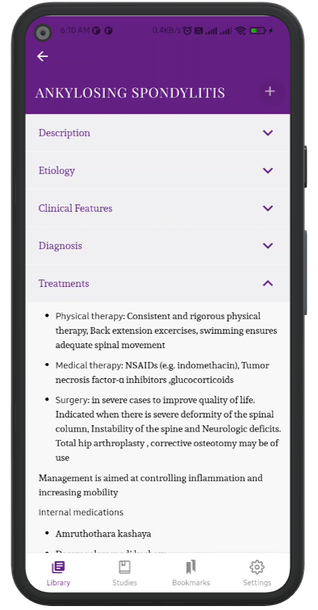DYSTONIA
Description
- Dystonia is a movement disorder characterized by sustained or intermittent muscle contractions causing abnormal, often repetitive movements, postures or both
- It is characterized by muscle contractions which are patterned leading to abnormal postures or repetitive similar movements of the concerned body part. They are non jerky in nature. Other features associated with dystonia are dystonic tremor, overflow, mirror dystonia, and sensory trick
- The disorder may be idiopathic, hereditary, or acquired. Acquired dystonia is most commonly due to drugs (antipsychotics), metabolic disorders, cerebrovascular disease, or traumatic brain injury
Types
- Dystonia disorders are classified according to the distribution of symptoms in the body
Focal dystonia
- Involving only one body region. The majority of cases are idiopathic and onset is typically in adulthood (usually > 30 years). Patients may have sensory tricks with which they are able to suppress spasms (e.g. touching the affected region)
Conditions
- Spasmodic torticollis: cervical dystonia , abnormal head movements or fixed head posture
- Blepharospasm: Eye dystonia , increased blinking or involuntary eye closure
- Spasmodic dysphonia: laryngeal dystonia or voice dystonia, Voice breaks or strained voice
- Oromandibular dystonia: involuntary movements of the tongue, jaw, and/or face
- writer's cramp : non-painful contractions of hand muscles that are provoked by specific tasks (e.g. writing)
Segmental dystonia
- Involvement of two or more contiguous regions. For e.g. blepharospasm with oromandibular dystonia , cervical dystonia with upper limb dystonia
Multifocal
- Two or more non contiguous regions, e.g Blepharospasm with upper limb dystonia
Hemi dystonia
- Dystonia involving one half of the body
Generalized dystonia : Affects the trunk and at least two additional regions of the body
- Typically early onset (< 21 years of age)
Conditions
- Dopa-responsive dystonia (Segawa syndrome): rare, genetic disorder with onset in childhood
- Neuroleptic induced acute dystonia
- Torsion dystonia (dystonia musculorum deformans) – is rare, idiopathic disorder with onset in childhood
Investigation
- Presence of only dystonia with exclusion of secondary causes suggest a diagnosis of primary dystonia, while presence of other neurological signs suggest dystonia plus syndrome
- MRI - brain
- CBC
Treatments
- Treat underlying disorder of acquired dystonia
- Supportive physiotherapy measures
Internal medicines
- Danadanayanadi kashaya
- Ashtavarga kashaya
- Masabala atmaguptadi kashaya
- Aswagandha choorna
- Sahacharadi taila
- Pinyaka taila
- Ksheerabala taila
- Vatagajankusha rasa
- Brahma rasayana
Procedures
- Abhyangam – Sahachardi taila
- Kayaseka – Sahacharadi / Dhanwantara taila
- Siro pichu – Ksheerbala/ Dhanwantara taila
- Sirovasti – Ksheerabala
- Nasya – ksheerabala / Karpasathyadi taila
- Vasti – Rajayapana vasti , Ksheera vasti
Department
Kayachikitsa

